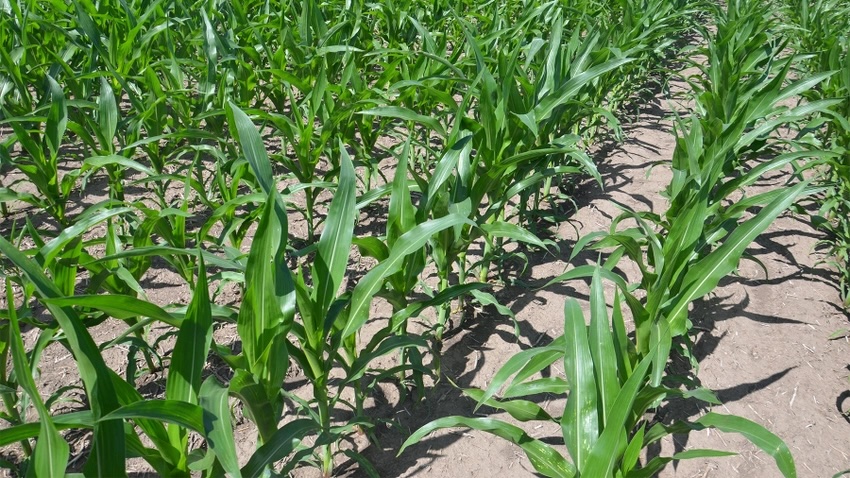Should you treat for minor corn pests?

Some people say we’re losing yield to minor pests like physoderma brown spot, nematodes and grape colaspis. We can’t afford to keep adding inputs. Are there minor threats worth managing?
The Indiana certified crop advisers panel answering this question includes Andy Like, independent crops consultant, Vincennes; Jeff Nagel, agronomist with Ceres Solutions, Lafayette; Marty Park, agronomist with Gutwein Seed Services, Rensselaer; and Dan Quinn, Purdue Extension corn specialist.
Like: You likely are losing some yield to secondary disease or pests. It can be difficult to determine if the yield loss will outweigh cost of the input to control the disease or pest. Consider the historical incidence of these pests and seek advice of an agronomist who has experience in that locality. In many cases, fields with higher yield potential will justify an application just because you are protecting more bushels. A low-yielding field is less likely to give a return.
Nagel: Reasonably mitigating stress during the growing season is important for optimizing yields. Many things we can’t control. For others, we can be proactive. The most proactive thing we can do is to get into fields during the growing season and make observations for future management decisions.
There are exceptions, but the combination of insecticidal seed treatment and insect-protecting traits has significantly reduced pressure from insects. We had issues with grape colaspis larvae feeding in west-central Indiana in the late 1990s and early 2000s. While we occasionally see adults, we haven’t experienced noticeable corn root feeding for years.
Physoderma brown spot can reduce yields on more susceptible hybrids. Fungicide applications need to be applied at V5 to V8 to have an impact.
Corn nematodes are an area where we probably don’t have a good handle on level of severity. Our interns sampled multiple cornfields at V5. Some were corn after corn, but the majority were corn after soybeans. To our surprise, nearly 65% were characterized as “might be” or “are” causing a problem. Without noticeably visual growth concerns, the only way to get a handle on pressure is sampling corn in earlier vegetative stages, which is labor intensive.
Park: Look at things from a risk-benefit and cost-return perspective. If you have had issues with a minor pest in the past that has frequently affected yields, consider investing in a cost-effective input. However, I would be reluctant to invest in a product to control a potential pest that you are not sure is hurting you.
Quinn: To determine which yield-limiting factors you have, even if minor, scout, sample and diagnose potential issues in your fields. Physoderma brown spot, nematodes and grape colaspis can limit yield in certain situations and years. Unless you know these pests are present in your fields, you won’t know if you need to manage them. For example, it is very rare to find grape colaspis damage causing economic harm. Even if these pests may be present, if they are at very low levels, they may not economically impact the crop.
Overall, it is always important to scout, sample and properly diagnose specific pests and yield-limiting factors in your fields. Based on this information, determine how significant their yield and economic impact is. Decide if they may or may not need to be managed.

